The British Nigerian, Oscar-nominated photographer makes his solo debut at Hope 93, Fitzrovia, in The Purpose of Light – stories of global activism
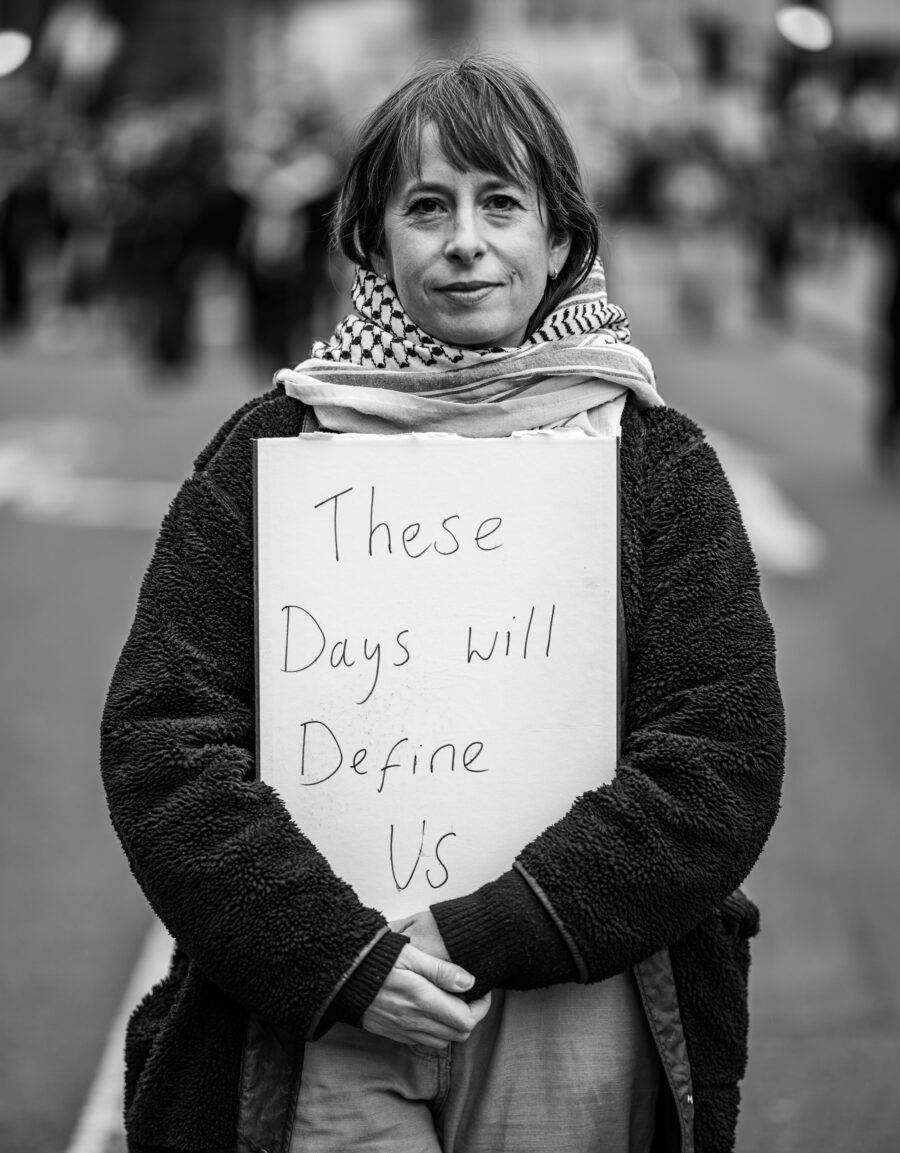

The British Nigerian, Oscar-nominated photographer makes his solo debut at Hope 93, Fitzrovia, in The Purpose of Light – stories of global activism
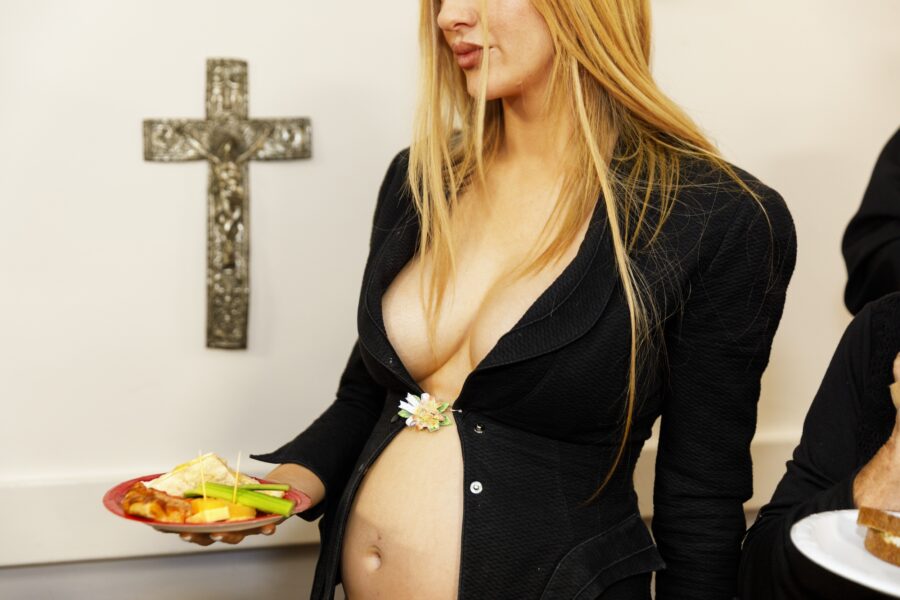
Julie Bullard, inspired by Essex glam, pays homage to Cohen’s childhood babysitter, shot by her own photographic hero
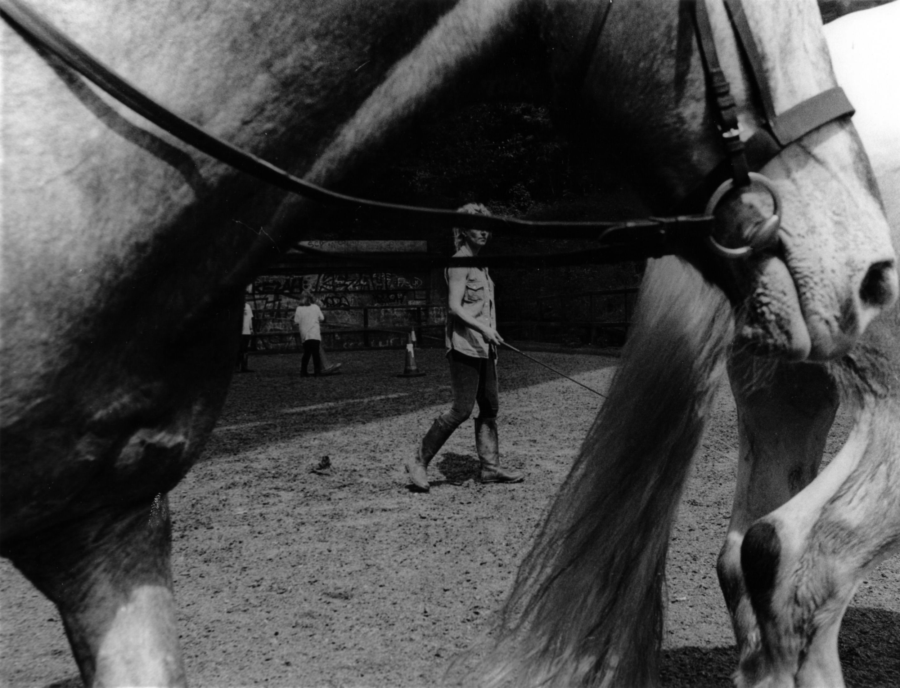
The filmmaker returned home to shoot Stepney Western by taking cue from the archives of Tish Murtha, Mik Critchlow and Chris Killip
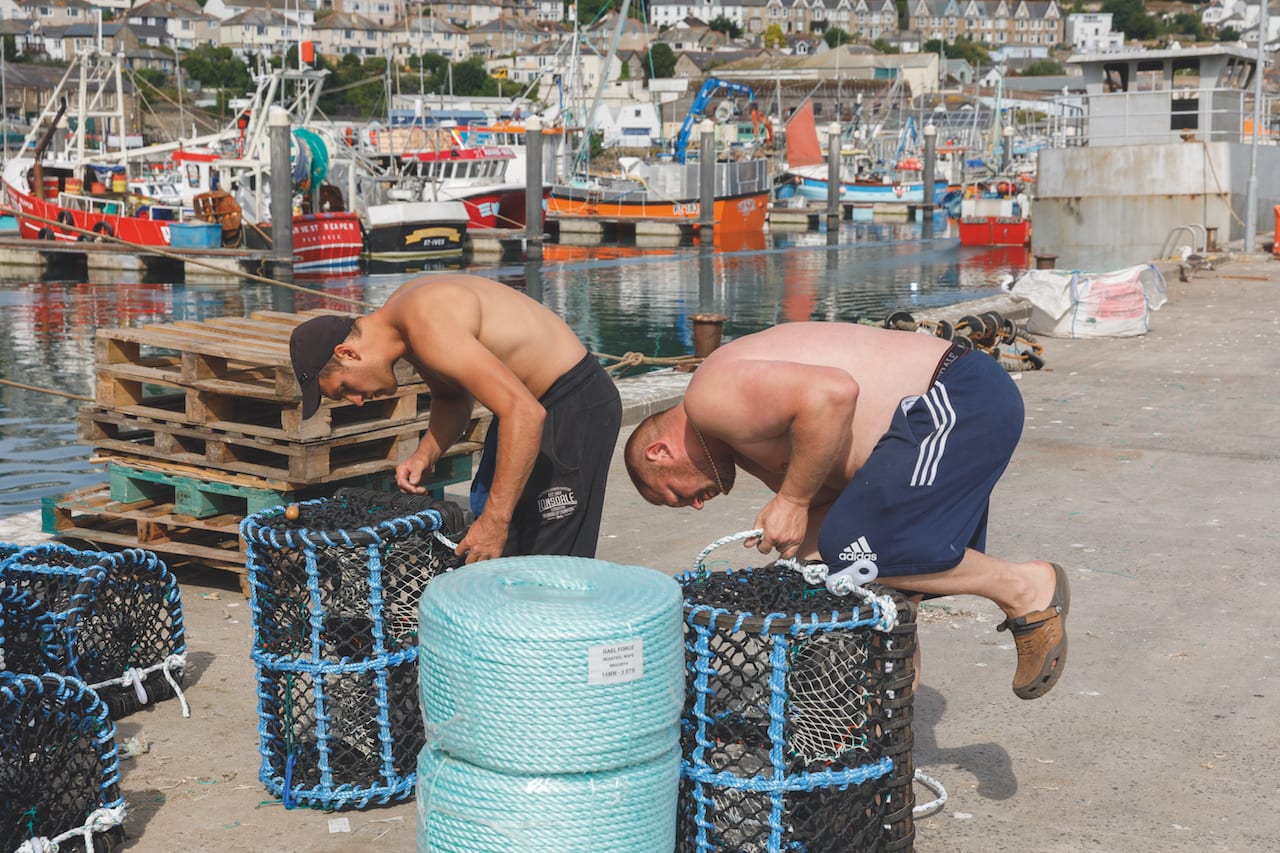
When the Portrait Gallery was established in London in the mid-19th century, its role was envisioned “to consist of those persons who are most honourably commemorated in British history”. Opening in an era when photography was still a new and untried technology, the National Portrait Gallery (as it later became known) was intended to be the national repository of the images, chiefly paintings and drawings, of those men and, much later, women who represented what was best among the British hierarchy of achievements, skills and aptitudes. Its function was to hold up a mirror to Britain that reflected its qualities back to those who came to observe them, as object lessons about how to aspire to, or more simply respect, the qualities and moral standing of the great and the good.
This conception of the NPG may still be widespread in the public mind, as even Martin Parr thought his work would be an ill-fit for a contemporary exhibition along these lines. “I never thought of myself as a portrait photographer,” he says, “and when I first met Phillip Prodger [NPG’s former head of photographs], I told him I had only a few celebrity portraits. I just put a lightbox together and sent them to him, though I was quite surprised at what I had.” Prodger, however, had other ideas, seeing in Parr the work of a social observer who could also offer a portrait of a nation at a key point in its history. So it is that the NPG put together Only Human, on show from 07 March to 27 May, bringing together some of Parr’s most famous photographs alongside a number of works never exhibited before.
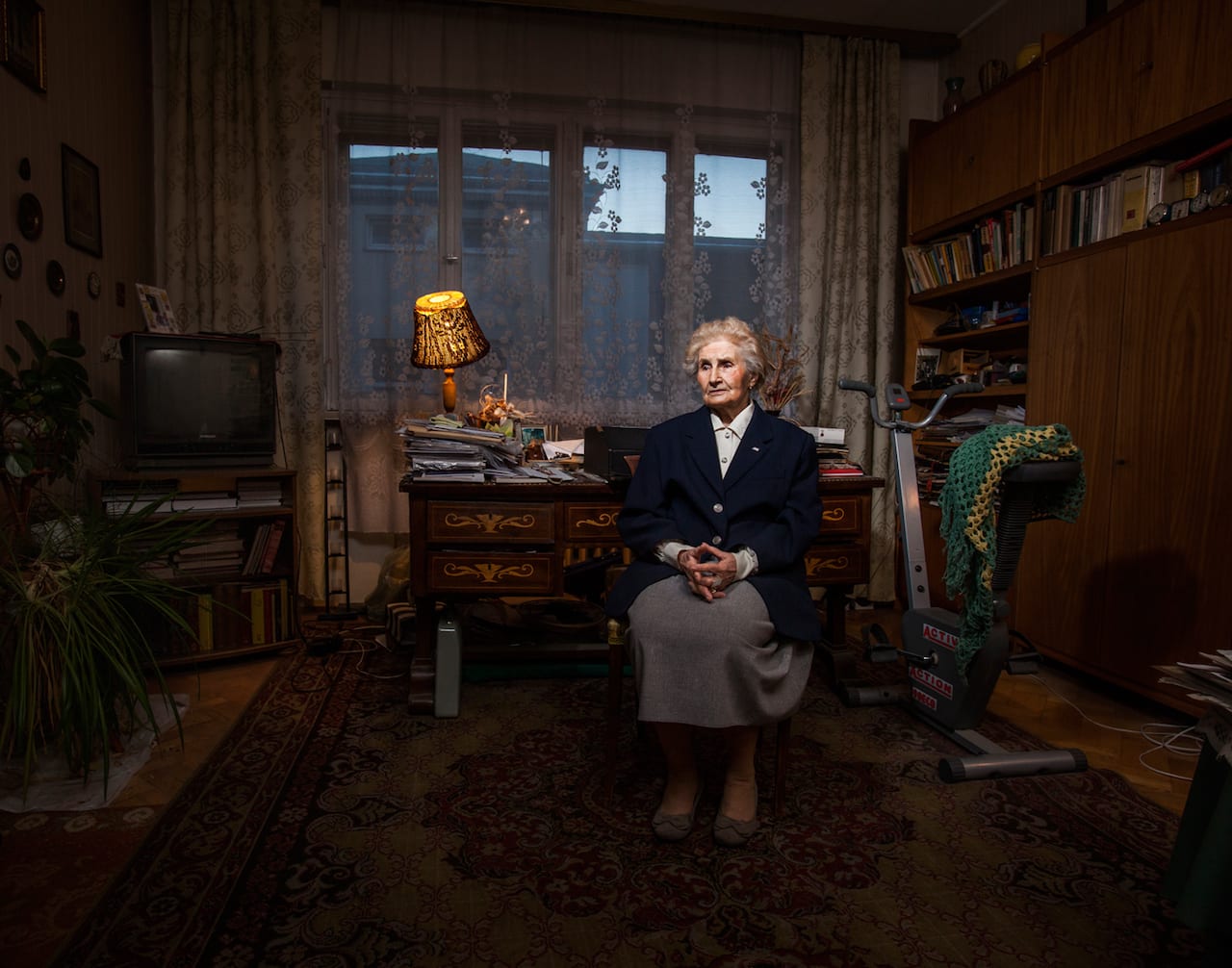
A young boy who became a French resistance fighter as just a teenager; a German fighter who lost an arm; a Kazakhstani field nurse; an Indian deployed to fight the Japanese in Burma; a Holocaust survivor who is today a Donald Trump supporter. Sasha Maslov’s photobook Veterans travels the world to meet with some of the last surviving servicemen and women of the Second World War, a conflict whose impact is still being felt some seven decades after the conflict finished.
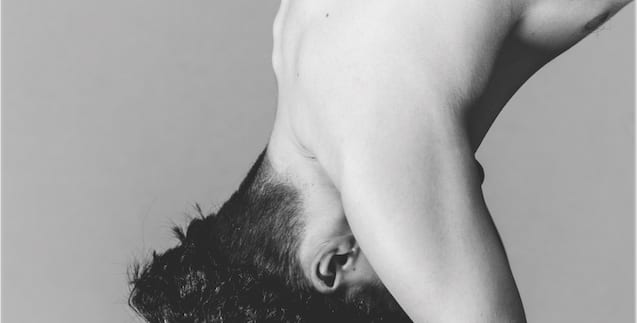
Benjamin Whitley only completed his BA in photography at Camberwell College of Art last year, and…
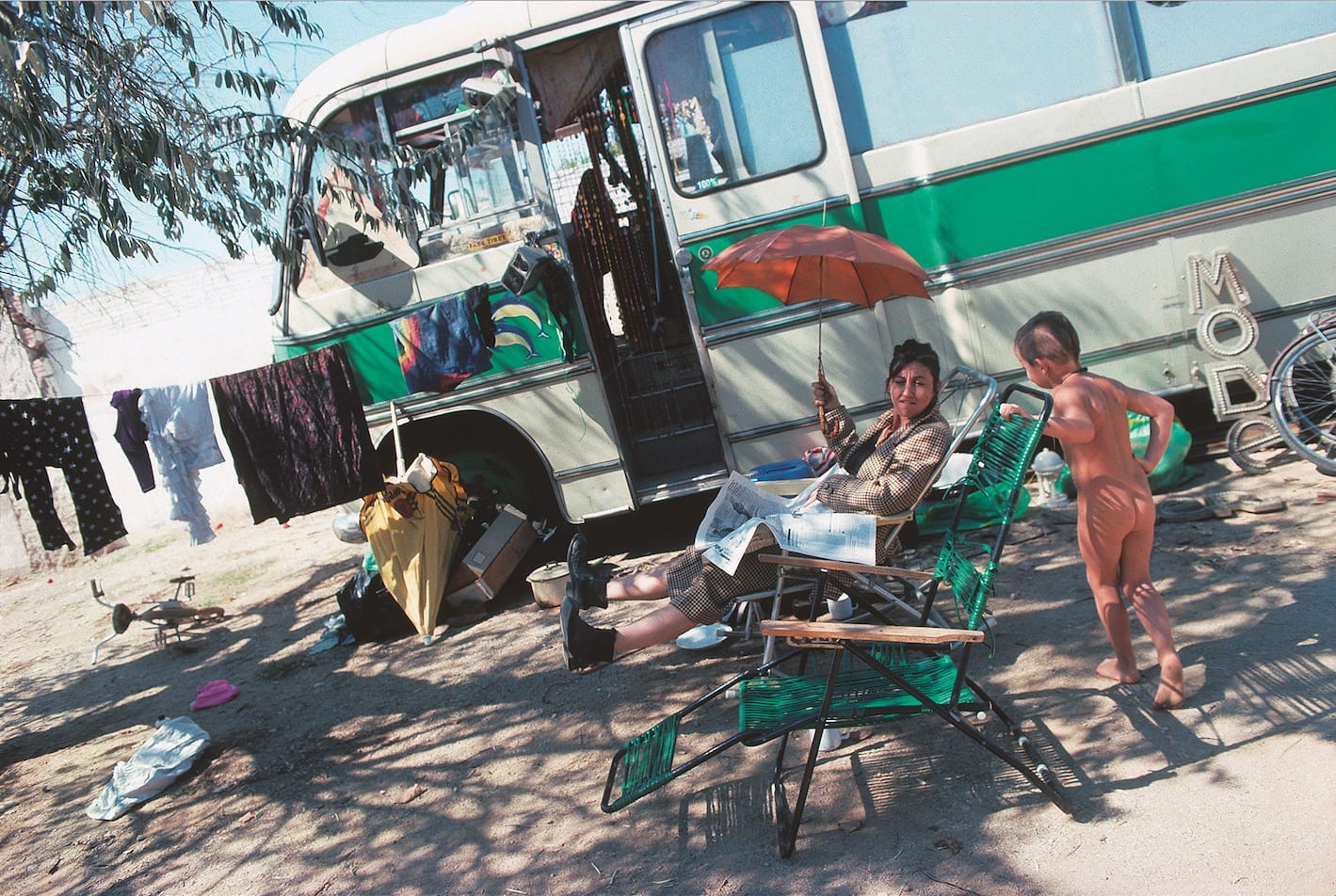
In 1992, thousands of New Age travellers, ravers and gypsies converged on Castlemorton Common in…
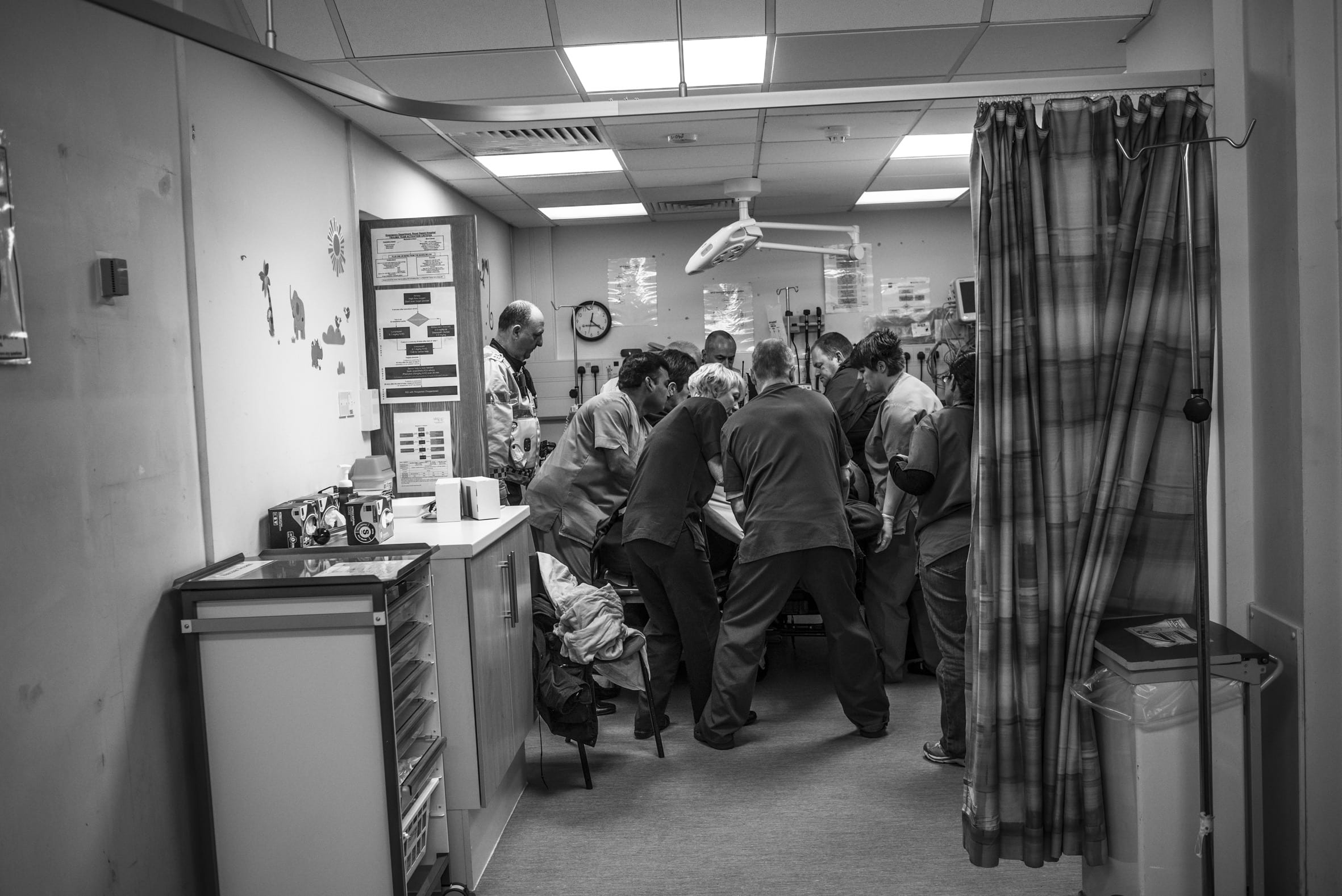
On average, a new patient arrives through the swinging doors of the Accident and Emergency…